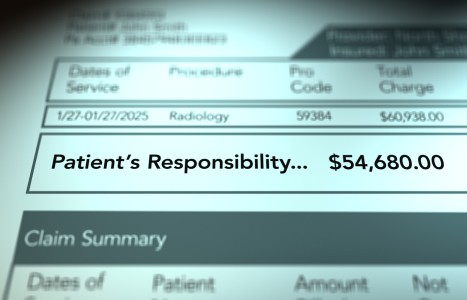Recent laws in New Jersey and California represent a disturbing trend that will negatively impact a practice’s ability to collect monies from patients, as well as expose them to significant penalties if the practice does not follow the mandatory guidelines to a T. Please be aware that a similar law may be coming to your state. The time to act is before the law is passed.
Breath and the Sacroiliac Joint
Motion and visual analysis of the sacroiliac joint can be performed in relation to inhalation, exhalation, and uncontrolled breathing. Testing can be done using two procedures:
- seated trunk-forward flexion;
- standing bent-knee raise.
During forced held exhalation, there is no sacroiliac motion during flexion. Exhalation prevents anterior superior ilium motion during forward flexion.
Using the standing bent-knee raise during normal breathing allows posterior inferior (PI) ilium motion with forced held inhalation; the ilium will not rotate posteriorly with a knee raise. It will, however, rotate posteriorly with forced held exhalation during a knee raise.
To summarize:
- Forced and held inhalation promotes AS ilium motion during trunk-forward flexion, and prevents PI ilium motion with the knee raise.
- Forced and held exhalation prevents AS ilium motion during trunk flexion, and promotes PI ilium motion with the knee raise.
Joseph D. Kurnik, DC
Torrance, California


